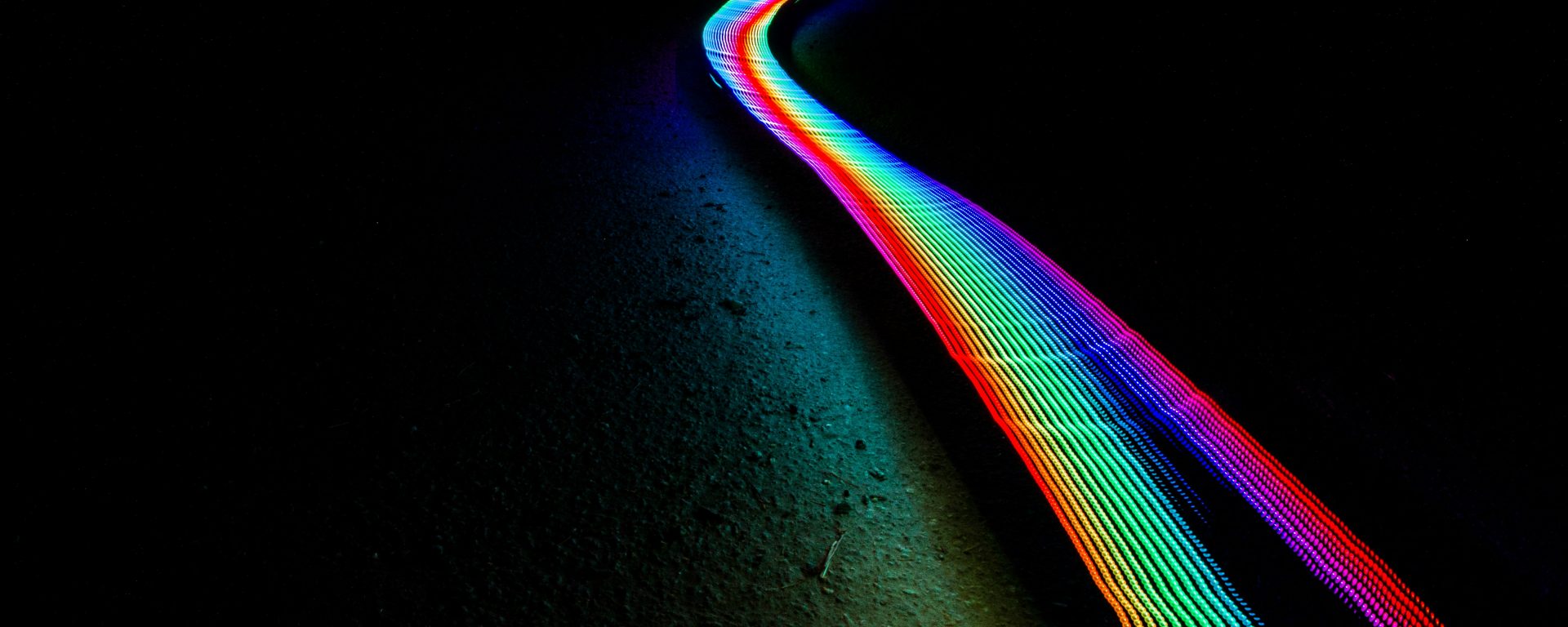In October of 1985, a heroic plumber named Mario journeyed through a kingdom of peaceful mushroom people to save a kidnapped princess from the hands of the evil, fire-breathing tyrant.
Thirty-eight years later, Mario once again journeyed through a kingdom of peaceful mushroom people, this time with the help of the princess to save his kidnapped brother from the hands of an evil, fire-breathing tyrant. However, rather than watching Mario’s adventure through a TV and a video game console, the beloved character now embarked on an adventure on the big screen.

The 2023 Super Mario Bros. movie took the box office by a storm, bringing out the nostalgia for long-time fans and providing a family fun adventure. Soon, Super Mario Bros. became the highest grossing video game film adaption of all time.
For decades, Nintendo has made an impact in the video game industry with the help of its expansive copyright protections that can apply to any creative expressions. Numerous copyrightable components of the franchise have contributed to its well-established position in not only the video game industry, but throughout the greater entertainment landscape itself. I will first discuss about copyright basics, before going into a couple of Nintendo’s famous copyrighted works.
What’s-a-copyright?
Under copyright law, original works of authorship are protected as copyrightable if they are fixed in a tangible medium with minimal creativity. Works of authorship include the following, but are not limited to, literary works, musical works, choreographic works, and motion pictures.
An author’s work must be original to the author, meaning they did not copy their work from someone else, and their work must also be minimally creative. This is a relatively low bar to meet, which provides the broadest form of protections as it allows authors to creatively express themselves in all sorts of ways. For example, an author who rearranges the collected data of a telephone directory in a non-alphabetical format would meet the minimum creativity bar requirement. Lastly, the author’s work must be sufficiently permanent or “fixed” to permit its reproduction, communication, and perception. If a jazz musician improvised a non-recorded performance, that would not be fixed. However, works memorialized on a tangible medium such as a photograph or canvas, would be.
In other words, the moment the work is created and meets the copyright elements, it has copyright protection.
A copyright awards an author with exclusive rights, including the right to reproduce, the right to make a derivative work, the right to distribute such work to the public, and the right to public display or performance of the work, unless there is an exception.
Super Mario Bros. … the Movie
As previously mentioned, motion pictures are considered works of authorship subject to copyright protections.
Upon their creation, motion pictures are deemed original works to their owners. They are also fixed, whether in film, videotape, or videodisk. The expression of a motion picture through camera work, dialogue, sounds, and other elements, showcase more than minimal creativity.
Because Nintendo and Universal obtained copyright protection for Super Mario Bros., they have exclusive rights to the movie.
Duh duh duh duh duh DUH duh

The Super Mario Bros. theme song created by Koji Kondo, is an instantly recognizable, catchy tune — once it is in your head, it would certainly be quite difficult to forget. Brian Tyler, the composer for the Super Mario Bros. movie, worked closely with Koji Kondo to ensure that the score paid its homage to the tunes that many fans loved.
Multiple copyrights can exist with music. There can be a copyright (and related rights) for the musical composition and sound recording, although there are more limited rights for sound recordings. Owners of sound recordings do not have a public display right and their public performance right is limited to digital audio transmissions.
Just like motion pictures, music is subject to copyright protection the moment its created, albeit through the composition and/or lyrics. For the musical composition, the music is typically fixed by memorializing their music on paper. On the other hand, for a copyright in the sound recording, fixation occurs by recording. When Koji Kondo wrote the first note for the Super Mario Bros. theme, he created a composition, which then became copyrightable material.
Generally, there are three types of copyright ownership, including work “made for hire.” Works made for hire are either prepared by 1) an employee within the scope of their employment or 2) work especially ordered or commissioned as a result of an express agreement signed by both parties. Koji Kondo created his musical work as an employee under his employer, Nintendo, which meant that the Super Mario Bros. theme was a work made for hire, and Nintendo is the copyright owner.
In terms of how long the copyright protection lasts, work made for hire extends either 95 years from the first publication, or 120 years from creation, whichever is earlier.
So, if you think you could outrun this tune … you might have to think again!
Super Mario Bros! Whoo!
On their website, Nintendo lists an impressive array of their game copyrights, including their iconic 1985 Super Mario Bros. game. In the Super Mario Bros. movie, there were numerous easter eggs referencing the original game, as well as many others works created by Nintendo.
The Super Mario Bros. game checks each essential copyright element described above; it is original to the creators, fixed in a digital format, with minimal creativity. Video games themselves usually receive copyright protection for their source coding and artist elements, including the graphics, dialogue, sounds, story, and the finished game itself.
Super Mario Bros. is also a work made for hire, as the game was designed by Shigeru Miyamoto and Takashi Tezuka, employees in Nintendo’s Creative Department at the time. As a side note, these two people have been instrumental in creating Nintendo’s iconic characters and games. Two of their characters were voted as the best video game characters, with Mario taking the No. 1 spot.
Since its release, Super Mario Bros. has spawned a myriad of derivative works (e.g., New Super Mario Bros., SUPER MARIO 3D LAND, Super Mario Bros. 3, etc.). Derivative works are works based on one or more preexisting copyrighted work. For example, a sequel to a video game such as Super Mario Bros.: The Lost Levels. This work would also be copyrightable, so long as it incorporates new original copyrightable elements with minimal creativity and the creators have permission to use the original, which they do in this case.

In other words, Nintendo has been able to build from its pre-existing intellectual properties to expand the Super Mario franchise into the widely known success it is today and turn that success into a box office bonanza.
Here We Go!
With the power of copyright protecting its creative minds, Nintendo has certainly showed the importance of seeking these protections for their work. Understanding the rights they have are critical to the development of their franchises. Whether it be their games or their music, Nintendo was then able to harness decades of their intellectual property to create Super Mario Bros.
The result? The film was able to provide fan service by incorporating various references to Nintendo’s previous Super Mario games. After many decades, the franchise has not lost its steam since its inception, drawing millions upon millions of old and new fans worldwide to the movie theatres. With this success, there could most certainly be more works in the future showcasing that same heroic plumber.


Ashton Yeh (they/them)
Associate Blogger
Loyola University Chicago School of Law, J.D. 2025
